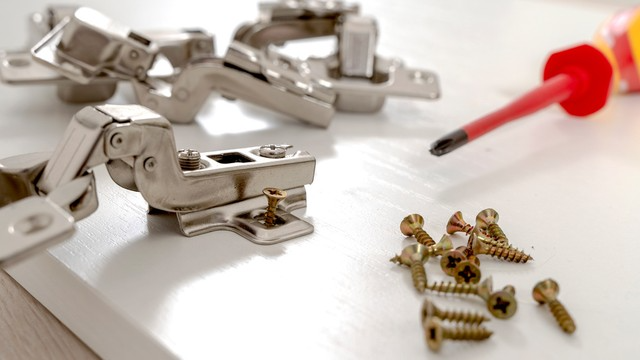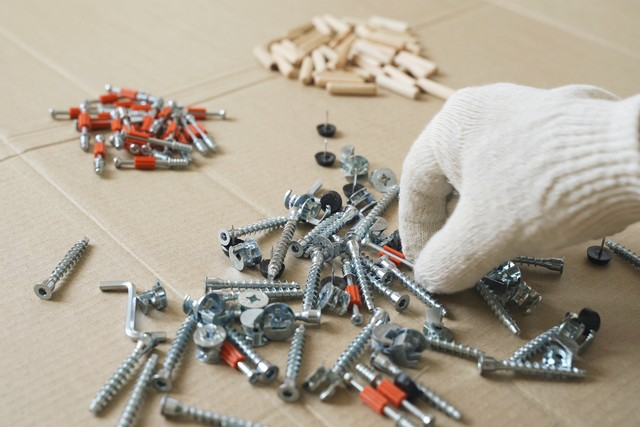Top 5 Home Hardware Manufacturing Hubs in China

From contract manufacturing to technology exports, from hidden champions to innovation hubs – China’s furniture hardware industry, with its annual output exceeding 300 billion yuan, has evolved into a sophisticated network. Five major industrial clusters are quietly reshaping the global home furnishing ecosystem.

Major Industrial Clusters
Shunde: The Hardware Capital
Crowned as “China’s Furniture Hardware Capital,” Shunde exemplifies the elegant transformation of traditional manufacturing. In Hafele Group’s lights-out factory, six-axis robotic arms assemble concealed hinges with precision tolerance of 0.02mm – components destined for European royal custom cabinetry.
Dongtai Hardware’s smart sensing drawer system, utilizing millimeter-wave radar for gesture control, marks China’s first International Hardware Association (IHA) innovation award. The cluster’s R&D investment density per square kilometer is 3.6 times the industry average, with over 3,000 patents demonstrating the shift from “made in China” to “innovated in China.”

Yongkang: Digital Transformation Pioneer
When the Southern Song Dynasty’s Yongkang School of pragmatic philosophy meets Industry 4.0, it creates the world’s largest digitalized hardware manufacturing belt. At Buyang Group, MES systems track every smart lock’s quality, while blockchain technology makes “Yongkang Manufacturing” synonymous with excellence. This cluster, commanding 12% of global door and window hardware market share, is revolutionizing traditional manufacturing through digital twin technology – Wang Li Security’s smart factory has reduced new product development cycles by 40%.

Tianjin: Green Manufacturing Leader
Tianjin’s hardware sector demonstrates remarkable resilience. Amid stringent environmental regulations, companies pioneered eco-friendly solutions: Nowell Hardware’s bio-based lubricating hinges, made from corn starch instead of petrochemicals, secured high-end North American contracts. RFID-equipped hardware containers travel to Eastern Europe via Belt and Road routes, contributing to the region’s sustained 15% export growth.

Dongguan: Innovation Hub
In Dalingshan’s hardware laboratories, engineers test nano-coated slides just 0.8mm thick, incorporating aerospace materials to break the 100kg drawer load limit. Dongguan’s competitive advantage lies in its comprehensive supply chain: within a three-hour radius, manufacturers can access everything from special steel smelting to surface treatment, accelerating innovation cycles 30% faster than industry standards.

Bazhou: Premium Manufacturing Base
Challenging the perception of northern China’s low-end manufacturing, Bazhou presents impressive statistics: 65% market share in steel table legs, 200% annual growth in lift column patents, and 82% adoption rate of digital welding robots. Once known for price competition, the region now leads in “affordable excellence,” revolutionizing global office furniture assembly with modular connection systems.

Industry Evolution and Challenges
The transformation of China’s hardware clusters reveals three breakthrough areas: design authority, craftsmanship revival, and digital ecosystem development. However, challenges persist: intellectual property protection, homogeneous competition, and environmental compliance costs.
Looking ahead from 2024, China’s furniture hardware industry is transitioning from “world’s factory” to “innovation source.” When Shunde companies provide comprehensive hardware solutions for Milan Design Week, or Yongkang smart locks enter Saudi Arabia’s future city projects, it signals a new era where Chinese hardware manufacturers become technical standard-setters and scenario definers.
As AIoT, new materials, and sustainable manufacturing converge, hardware – the “chips of furniture” – faces revaluation. In the near future, discussions about smart homes might begin not with screens or processors, but with the precise hardware components that bring furniture to life – perhaps the most promising narrative in Chinese manufacturing.
